Table of Contents
Thyroid Gland:
Origin: It is endodermal in origin and in the human embryo, it develops from the primitive foregut.
Position: It is the largest endocrine gland. It lies on the ventral and lateral sides of the upper part of the trachea in the neck below the larynx.
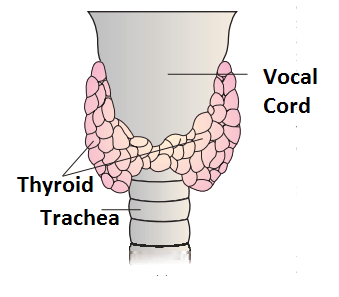
Structure: It is a brownish red, highly vascular, and butterfly-shaped gland. It is single lobed in reptiles and bi-lobed in birds and mammals. The two lobes connected to each other by a thin strip of connective tissue called an isthmus. Each lobe consists of numerous follicles in close association with thin-walled blood capillaries. The follicles are made up of a single layer of secretory cuboidal cells. The cavity called lumen in the centre is filled with a gel-like material (colloid). The colloid is composed of glycoprotein thyroglobulin.
The colloid and two thyroid hormones are produced by the secretory cells lining the follicle. The hormones are stored in the colloid until needed, when necessary they are released into the blood from the colloid.
Thyroid Gland Hormones:
Thyroid Gland produces three hormones i.e.
- Tetra-iodothyroxine (T4).
- Tri-iodothyronine (T3).
- Calcitonin.
T3 and T4 collectively called thyroxine, are iodinated derivatives of amino acid tyrosine secreted by the follicles. Calcitonin is a non-iodinated hormone secreted by interfollicular cells. Thyroid gland is stimulated to secrete hormones by thyrotrophin from the anterior lobe of the pituitary gland.
Role of Thyroxine:
- It regulates the Basal Metabolic Rate (BMR) of the body as control rate of proteins, carbohydrates and fat metabolism, and energy production in mitochondria. So it controls the physical, mental, and sexual growth of the body.
- It is required for tissue differentiation as well as metamorphosis in amphibians. However, in its absence, larvae (tadpole and Axolotl) remain large throughout the life span.
- It controls the working of renal tubules of kidneys so control urine output.
- It is a must for the development of the skeletal system.
- It maintains normal body temperature.
- Influence the maintenance of water and electrolyte balance in the body.
- Supports RBC (Erythrocytes) formation.
- It increases the rate and strength of the heartbeat so increase blood flow.
- It enhances some actions of neurotransmitters: adrenaline and non-adrenaline.
Disorders due to Thyroid Hormones:
Cretinism:
It occurs in children due to hypothyroidism where the child remains dwarf without normal physical and mental development. A cretin child is characterized by limited intelligence, reduce metabolism, a fall in temperature, heartbeat, and blood pressure. The patient shows pot belly, pigeon chest, dry skin, prolonged neonatal jaundice, thick and protruding tongue, and lethargy.
Myxedema (Gull’s Disease):
The hypothyroidism in adults causes myxedema. The patient is characterized by edema (accumulation of interstitial fluid) that causes the facial tissue to swell and look fluffy, loss of hair and memory and mental lethargy. The patient suffers from low metabolic rate, sterility, slow heart beat and low body temperature.
Goitre:
It is caused in dietary deficiency of iodine. The thyroid gland becomes enlarged accompained by cretinism or myxedma.
Exophthalmic Goitre:
The hyperthyroidism of thyroid hormones causes ‘grave’s disease or Exophthalmic Goitre‘ where thyroid enlargement occurs accompanied by bulging of eye-balls. This bulging of eyes occurs due to the occurrence of peculiar edema behind the eyes called exophthalmos. It is an autoimmune disorder in which the person produces antibodies that mimic the action of TSH, but are not regulated by normal negative feedback control. It is characterized by increase BMR, heat production, body temperature, heartbeat, and Blood pressure. The individual suffers from emotional instability, irritable behavior, and sleeplessness.
Role of Calcitonin or Thyrocalcitonin (TCT):
It is a long peptide hormone secreted by parafollicular or extrafollicular cells of the thyroid gland. Its secretion is regulated by an increased plasma level of calcium by a feedback mechanism. In fact, it lowers the calcium level in the blood and regulates calcium balance in the body by increasing calcium deposition in bones and decreasing reabsorption of calcium from urine. Thus it prevents hypercalcemia.
Deficiency of calcitonin results in osteoporosis or loss of bone density.
- Explain with examples how endocrine system maintains homeostasis and what is feedback mechanism?
- What are hormones? State the main points of differences between hormones and enzymes
- Parthenogenesis: Types And Significance
- What is Excretion? Classify the animals on the basis of their excretory products
- Functions of Bile Juice
- What are biological membranes and their significance? Also, give the functions of Plasma membrane
- Theories of Evolution: From Tamil Board Book
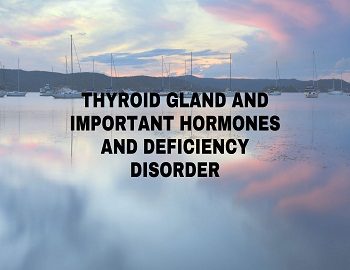


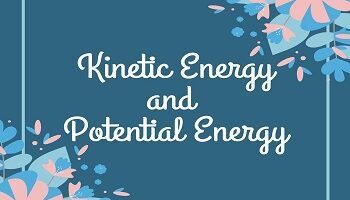
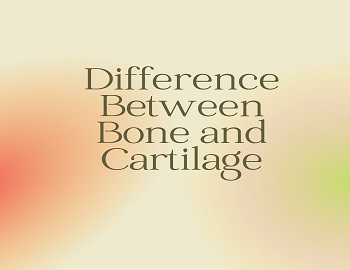

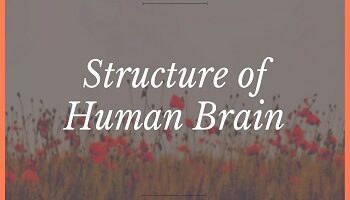


Comments (No)